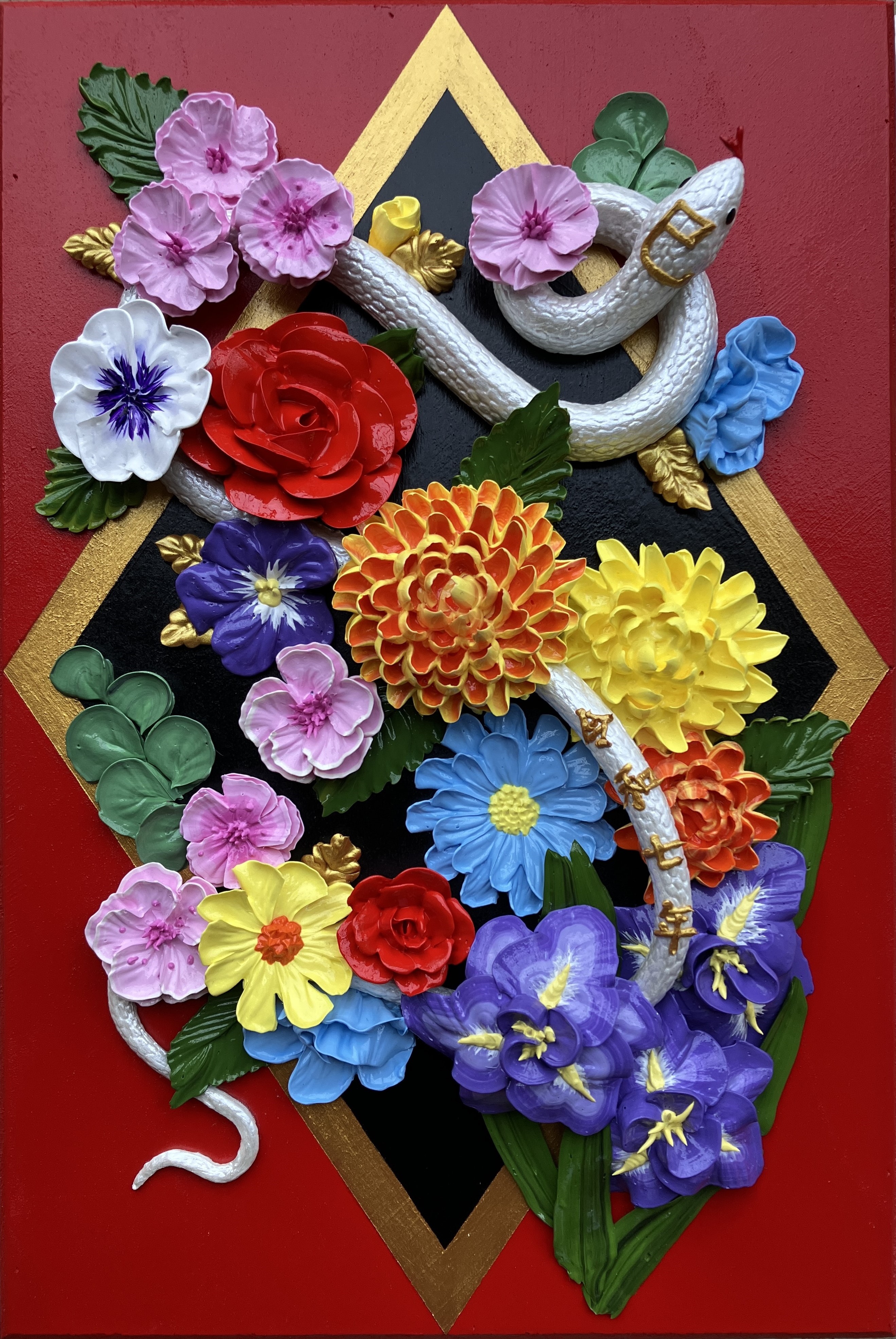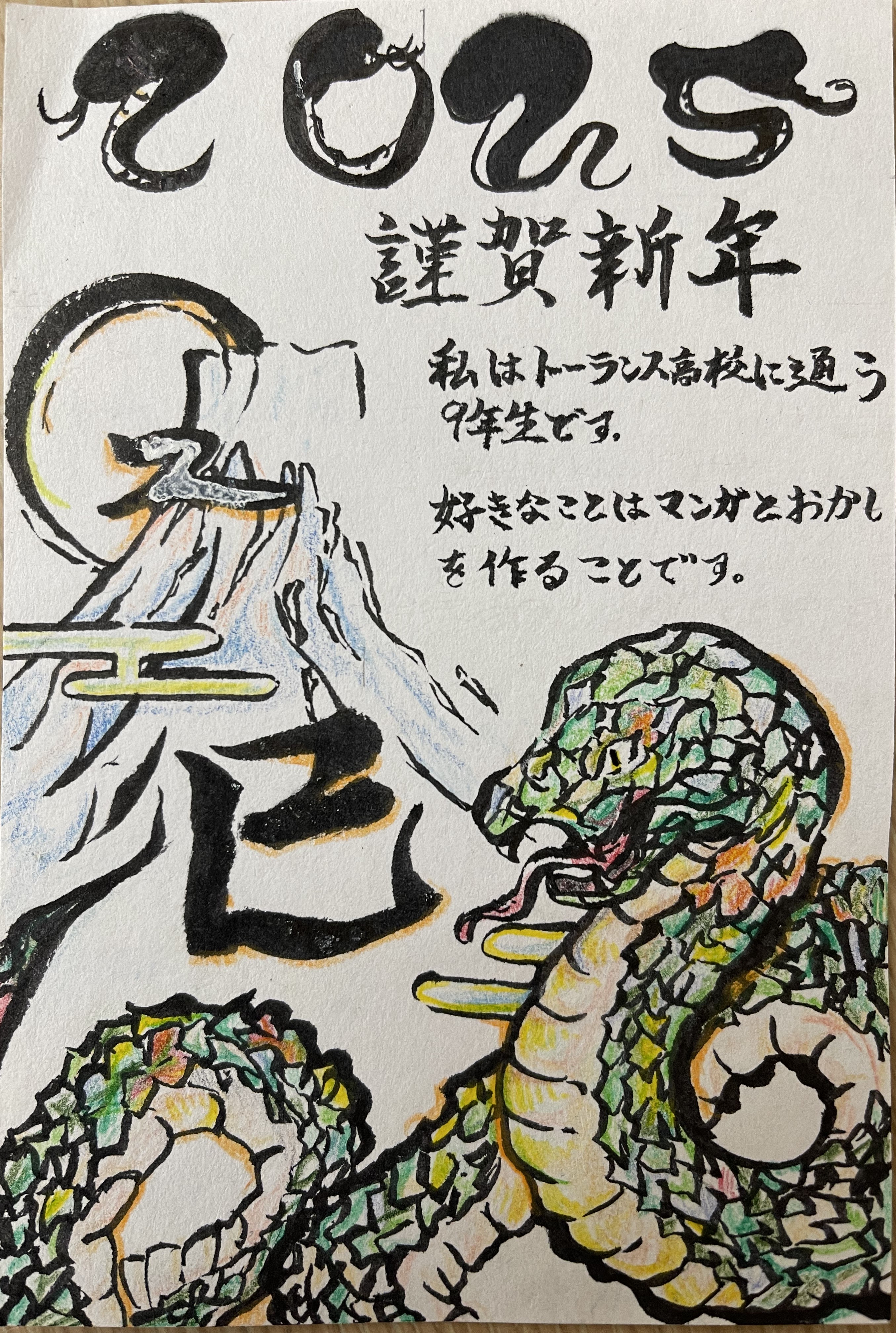About NENGAJO
Oshōgatsu, or Japanese New Year, is a very special time in Japan—a time for people to return to their ancestral homes, spend time with their families and get in touch with their roots. One of the most important and most celebrated Japanese holidays, preparations begin long in advance as people clean their homes from top to bottom (ōsōji), prepare traditional food to be eaten during the first three days of the new year (osechi ryōri), and write New Year's greeting cards, or nengajo. Originally celebrated according to the lunar calendar, the Japanese have used the Gregorian calendar since 1873 so oshōgatsu coincides with the Western New Year on January 1st.
Much like the holiday cards and greetings exchanged in the West, nengajo are an important part of Japan's New Year's festivities. The custom can be traced back to the long established tradition of nenshi-mawari, or New Year's visits. During the first few days of New Year's, people would call on friends, family, neighbors, and others who had helped or shown kindness to them during the previous year to express their gratitude in the hopes of preserving their good relations in the year ahead.
When the post office began issuing postcards during the Meiji period (1868-1929), it became a more convenient way of sending nengajo and swiftly spread across the country. Even with the recent digitization of the cards, the Japan Post still delivers about 4 billion nengajo a year. They have also entered the digital nengajo game by creating websites where people can design their own nengajo or send via popular messaging apps.
Even in these modern times, the tradition of hand-written, handmade nengajo lives on! As the end of the year draws near, many people gather around the kotatsu, a low, cozy table conveniently equipped with a heater and blanket, to create handmade nengajo using traditional brush painting and calligraphy techniques, stamps, and a little imagination.
The most popular nengajo designs often incorporate the eto, or zodiac animal for the new year, traditional Japanese motifs like Mount Fuji and the rising sun, or popular characters like Hello Kitty and Mickey Mouse. To add to the excitement, the Japanese postal service also conducts a nengajo lottery, marking each of its specially produced cards with a number. Lucky numbers are announced in the newspapers, with winners receiving everything from money to free overseas travel to TV sets and personal computers.
Like many Japanese traditions, there is a very specific nengajo etiquette that has no equal in Western culture. It is important to remember that if someone has recently lost a loved one, a nengajo should not be sent out of respect for the family's mourning. Also, while Christmas and holiday cards may arrive anytime from Thanksgiving to New Year's, nengajo are expected to be delivered precisely on January 1st. The post office begins accepting nengajo in early December, giving each a special mark to ensure it will be delivered promptly on New Year's Day. Waiting for your bundle of postal love (they literally arrive bound together) and wading through the flood of New Year's wishes on the first day of the year is a cherished holiday tradition similar to anticipating and opening presents on Christmas day.
2025 NENGAJO CONTEST WINNER

2025 Adult Division Winning Nengajo by Caroline R.

2025 Youth Division Winning Nengajo by Azusa M.

2025 Junior Division Winning Nengajo by Mio I.
See all other entries of the 2025 Nengajo Contest.
